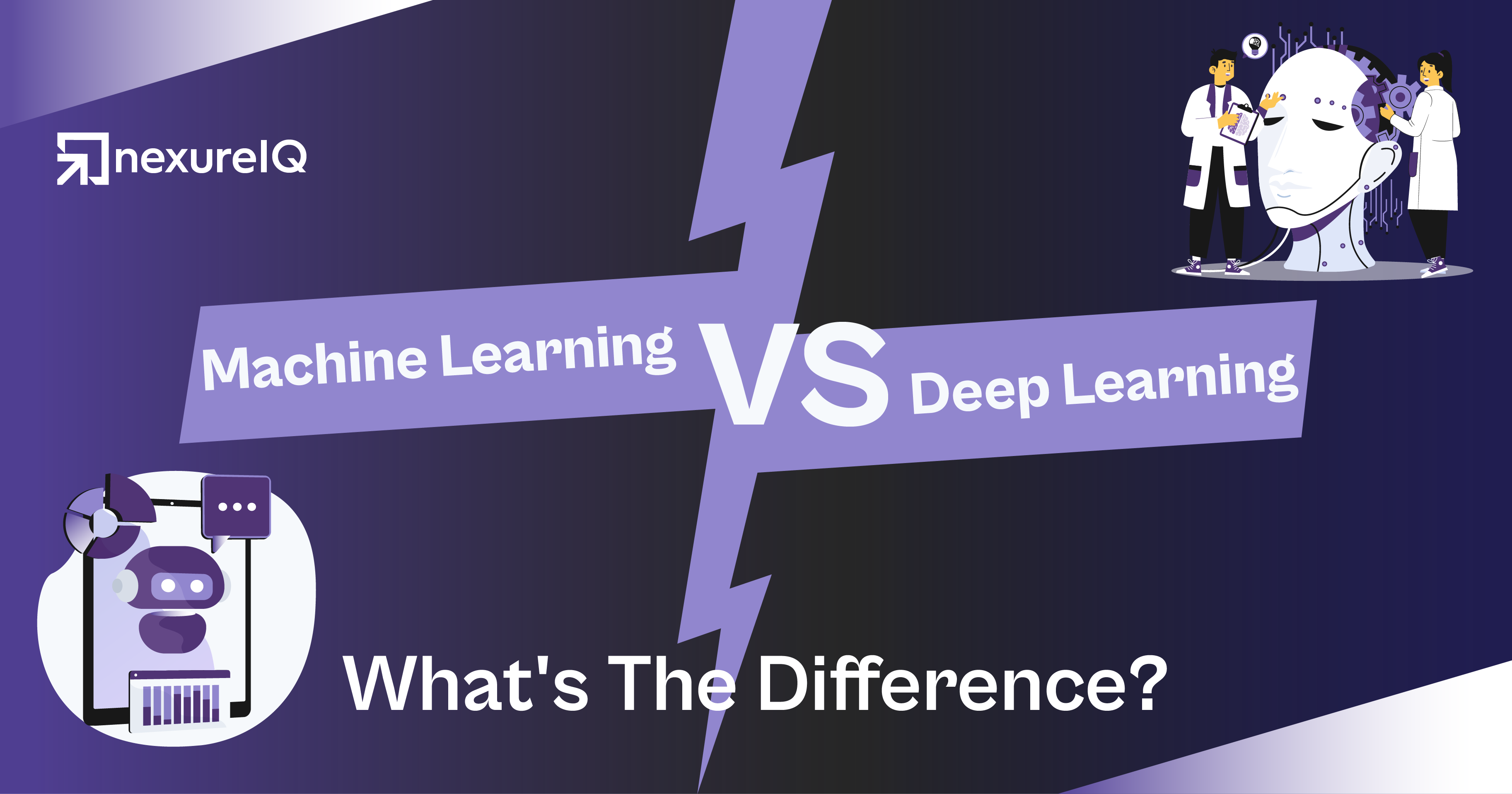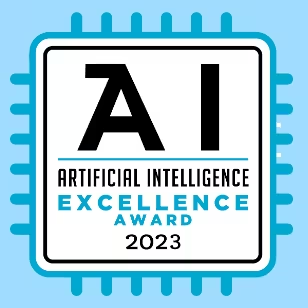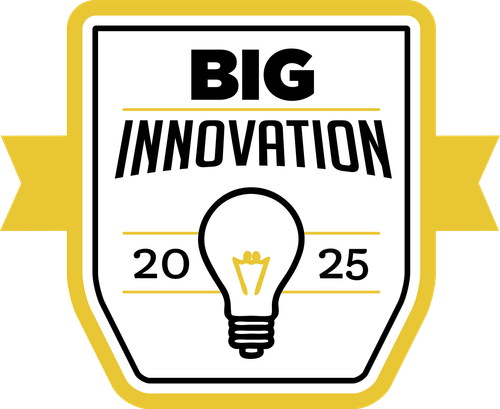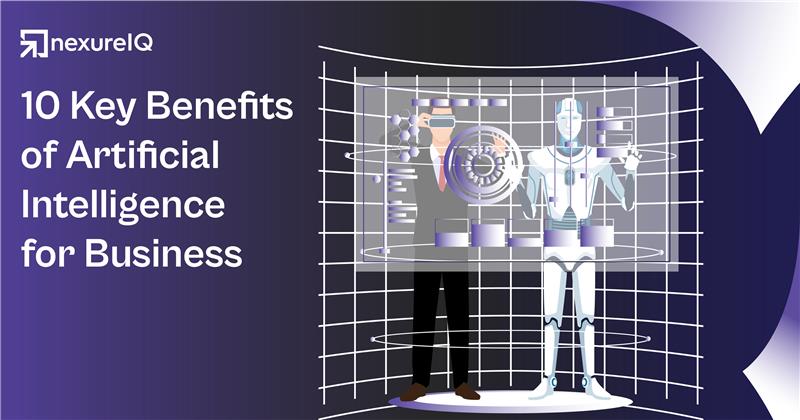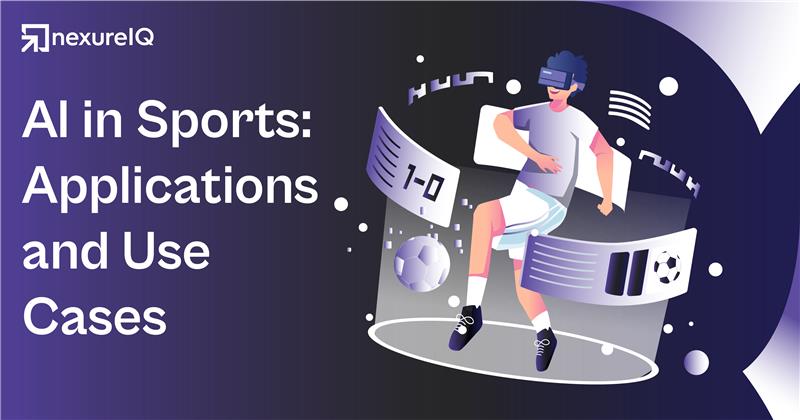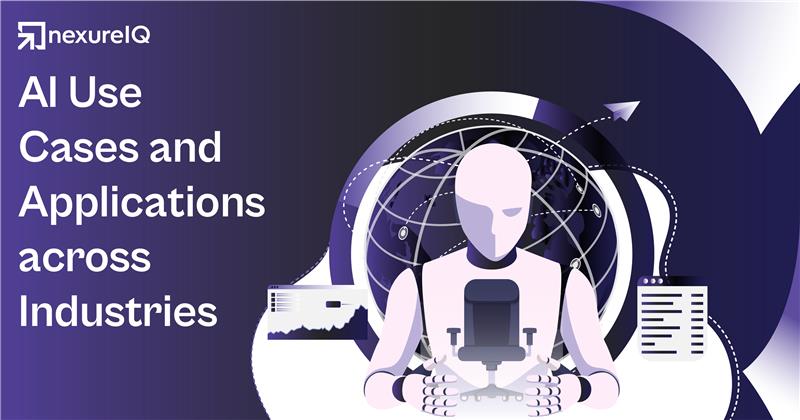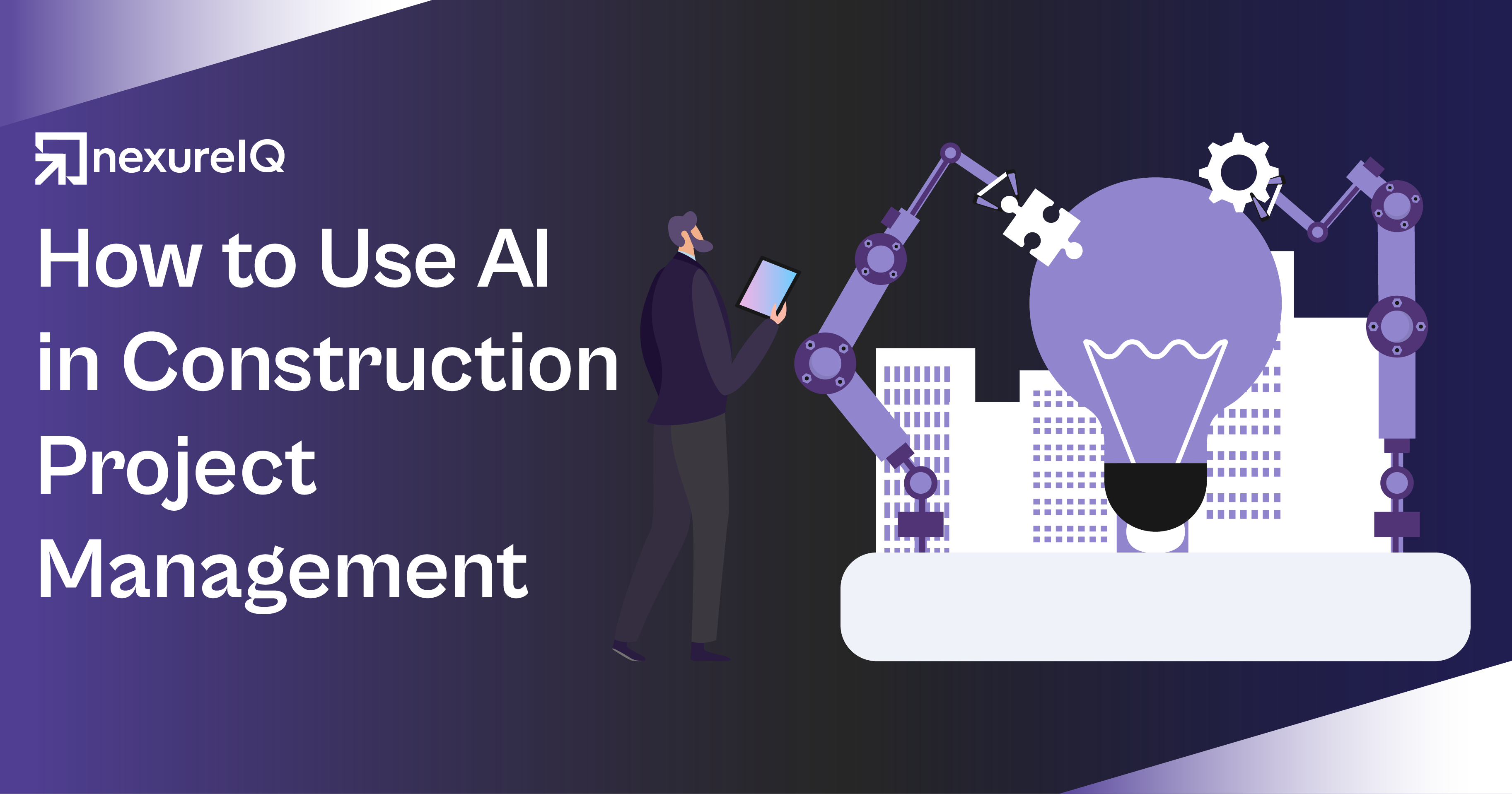With AI becoming mainstream, you’ve probably heard about the term machine learning vs deep learning. They sound similar, but there are a lot of differences. Many people ask the difference between ML and deep learning or how AI, machine learning and deep learning are related.
In this blog, we’ll cover what is the difference between deep learning and machine learning, exactly what is deep learning in the context of artificial intelligence (AI) and how both play a vital role in technology today. So, if you’ve been wondering how is artificial intelligence different from machine learning, let’s dive in and find out the answers together!
What’s the Difference Between ML and Deep Learning?
The main difference between ML and deep learning is how they process and learn from data. Machine Learning has a broad knowledge domain. So an algorithm can take organized data and extract useful information for future forecasting. Deep learning is a subfield of ML, in which neural networks process large amounts of unorganized data.
Machine learning functions are highly dependent on structured information to process data. For machine learning, human expertise is often required for feature selection. Combining structured information with human expertise in feature selection results in more accurate and superior machine learning models.
Deep learning systems are very good at automatically extracting features from data formats such as images, videos and text files. It doesn’t matter if we are talking about visual data such as images and videos or textual data in files, deep learning systems are good at handling these formats. It extracts important features which are important for tasks such as classification, recognition and understanding.
This is an important distinction to understand the difference between machine learning vs deep learning vs AI, as well as how different AI technologies work and function.
What is Machine Learning?
Machine learning is an important part of AI. It allows computers to identify complex patterns in large data sets and get better with each experience. In machine learning, models aren’t programmed with instructions but find patterns in data to make predictions.
For example, when looking at natural language processing vs machine learning, NLP is an AI application where machine learning is necessary to understand human language. Other common machine learning applications can be found in many other areas as well.
- Spam detection
- Fraud detection
- Recommendation systems (like Netflix and Amazon)
- Predictive analytics in finance and healthcare
The machine learning process typically involves:
- Data collection and preprocessing
- Feature selection and extraction
- Model selection and training
- Evaluation and optimization
There are key factors that an ML model works on; data quality, the right algorithm choice and continuous performance improvement. All these factors are crucial to the success of an ML model. Data quality is key because it serves as the model’s basis and for training. The right algorithm choice is important because it determines how the model processes and interprets data to make the right predictions or decisions. And continuous performance improvement keeps refining and improving the model so it can make accurate and effective predictions or decisions over time.
What is Deep Learning in AI?
What is deep learning? The basic definition of deep learning is an AI technique that uses artificial neural networks to mimic the human brain. The networks are structured to mimic the way the human brain processes information, learns from experience and makes decisions. This allows machines to perform intelligent tasks like recognizing patterns, understanding natural language and making predictions. This is key in giving machines human-like cognitive abilities.
When we talk about what is deep learning in AI, we’re referring to models like convolutional neural networks (CNNs) and recurrent neural networks (RNNs) that are designed to process unstructured data like images, audio and text. They’re good at working with data that isn’t properly organized or structured. This allows them to extract meaningful information and patterns from unstructured data sources.
- Images and videos (facial recognition, autonomous driving)
- Speech and text (voice assistants, chatbots)
- Medical diagnosis (MRI scan analysis)
What’s the difference between ML and deep learning? Deep learning takes huge datasets and lots of computing power but produces more accurate results.
Difference between AI and machine learning
You have to know the difference between AI and machine learning because these two terms are often used interchangeably. They have a close relationship but they serve different purposes as they use different models when conducting operations.
Key Differences Between AI and Machine Learning
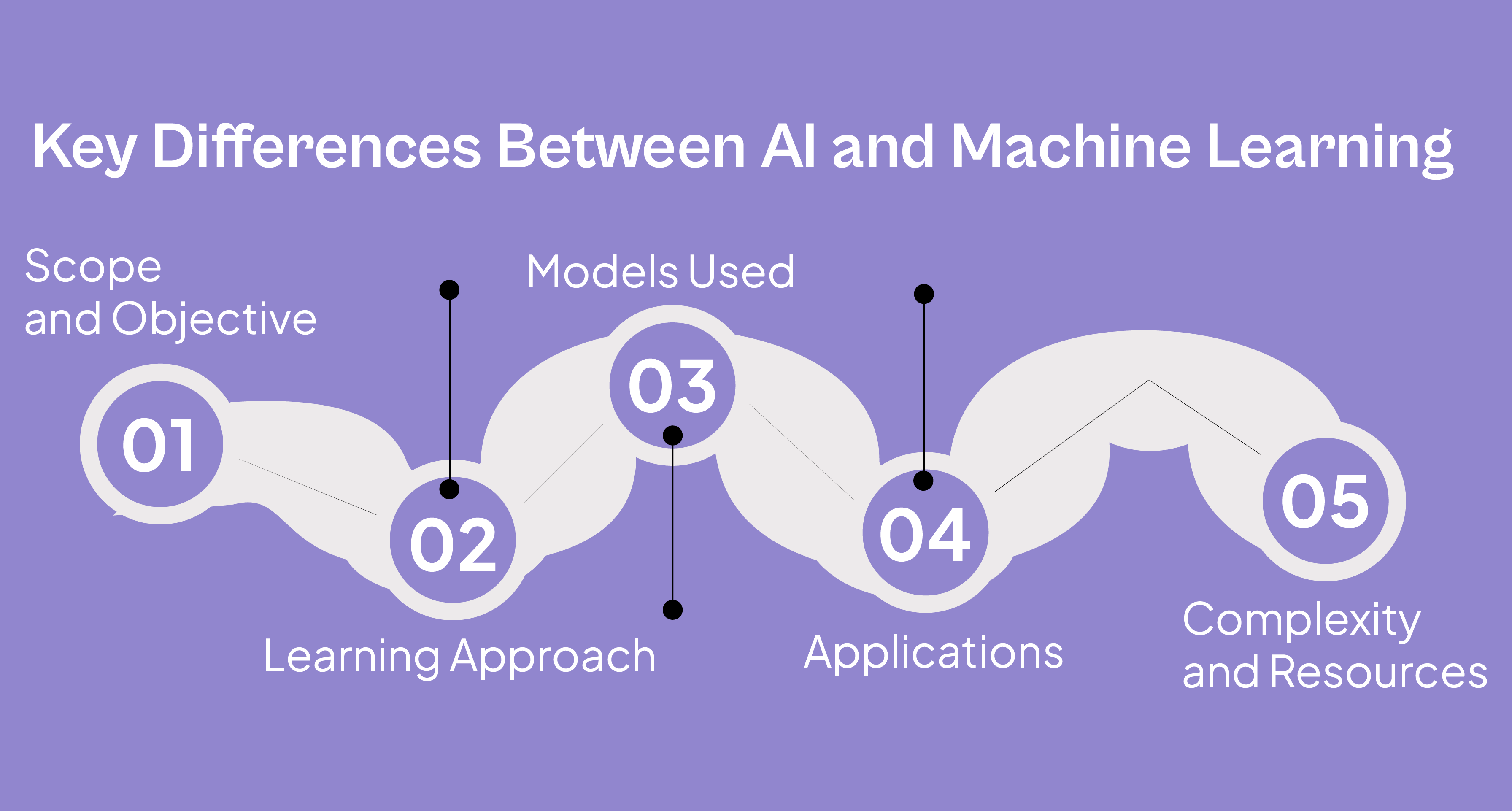
1. Scope and Objective
- Artificial Intelligence (AI):
- A variety of AI technologies mimic human ability using multiple functions and techniques.
- AI systems manage decision making along with reasoning, problem solving and perception skills.
- It also covers general topics such as robotics, computer vision and natural language processing (NLP).
- Machine Learning (ML):
- Another kind of AI specializes in learning from data known as data learning systems.
- ML receives training from data using unsupervised programming procedures to improve.
- ML analyses algorithms, performing speech recognition and fraud detection systems simultaneously.
2. Learning Approach
- AI:
- Artificial intelligence uses four main learning processes including rules, logic, optimization algorithms and knowledge graphs.
- ML:
- The data analytical process of Machine Learning relies on statistical models and mathematical models for learning.
- It uses the machine learning process (data collection, training, evaluation, deployment)
3. Models Used
- AI Models:
- Rule-based systems for example if-then logic
- Search optimization
- Structured computerized models
- ML Models:
- Both supervised learning methods and decision trees are considered among the most used techniques.
- The clustering method of k-means belongs to the Unsupervised Learning category.
- The reinforcement learning system
4. Applications
- AI Applications:
- Virtual assistants like Siri and Alexa
- Self-driving cars
- Intelligent robotics
- ML Applications:
- Email spam filters
- Product recommendations on e-commerce platforms
- Preventive analytics systems help healthcare organizations and financial institutions to benefit through technological enhancements.
5. Complexity and Resources
- AI technologies exist at two ends of a spectrum from basic automation through rules to sophisticated complex cognitive system applications.
- Virtual learning by Machine Learning systems requires more intensive processing because it needs large datasets paired with large computing resources during deep learning operations.
The content generation process of Generative AI systems through deep learning mechanisms requires an understanding that machine learning remains the foundation of those operations. Generative AI development and deep learning remain connected due to their intelligence which users need to understand daily.
Machine learning process
Computers learn from existing data with unprogrammed processes. That is called machine learning. Traditional Artificial Intelligence operates differently than Machine Learning that primarily focuses on human intelligence simulation.
So, it’s important to know about ML vs deep learning to select the right approach for your project.
How We Help You in the Machine Learning Process?
Machine learning can seem difficult and tiring, there are so many algorithms, data prep and evaluation methods. We’ll help you find your way and understand quickly with machine learning, deep learning and AI.
Here’s how we assist:
- Customized ML solutions: We customize Machine Learning models to perfectly fit your organization’s requirements for predictive analytics in fraud detection or recommendation systems.
- Data Processing & Cleaning: Garbage in garbage out! The team prepares your dataset for training by cleaning and structuring it in detail.
- Model Selection and Optimization: It is complex because the models are hard to choose. Our experts look at your business needs, choose the best model and maximize its performance potential.
- Deployment and Integration: We make sure your ML models are up to manufacturing standards before they’re integrated into your existing infrastructure.
You must be wondering how AI is different from machine learning. You can choose the technology. We take care of standard Machine Learning tasks like regression or classification for efficient workflows. Our team supports standard ML and advanced deep learning as needed.
How We Help You in Deep Learning Understanding
When it comes to deep learning vs machine learning, deep learning works best by replicating neural networks in the human brain. But we’re here to break it down. Deep learning understanding isn’t easy. With convoluted architectures like CNNs and RNNs, we’ll learn what is deep learning in AI can feel like learning a whole new language. That’s where we come in!
Our approach to improving your deep learning understanding includes:
- Simplifying Neural Network: A breakdown of how neural networks separate and what is the difference between deep learning and machine learning and why they’re so easy to distinguish
- Hands-On Training: We walk you with real-world examples of common applications of deep learning in AI such as image recognition, NLP and generative AI.
- Model Implementation and Debugging: Optimizing deep learning models are often resource-intensive and complicated tasks. The team provides direct support to make sure you do the work efficiently.
When it comes to natural language processing vs Machine Learning, deep learning underpins NLP improvements like chatbots and translation services. Look at these applications to see how AI is different from machine learning and why DL is popular for complex problems.
So whether you’re confused about machine learning vs artificial intelligence, want to learn about deep learning vs machine learning, or simply want to know how to do machine learning, we’re here to help you every step of the way!
Common Applications of deep learning in AI
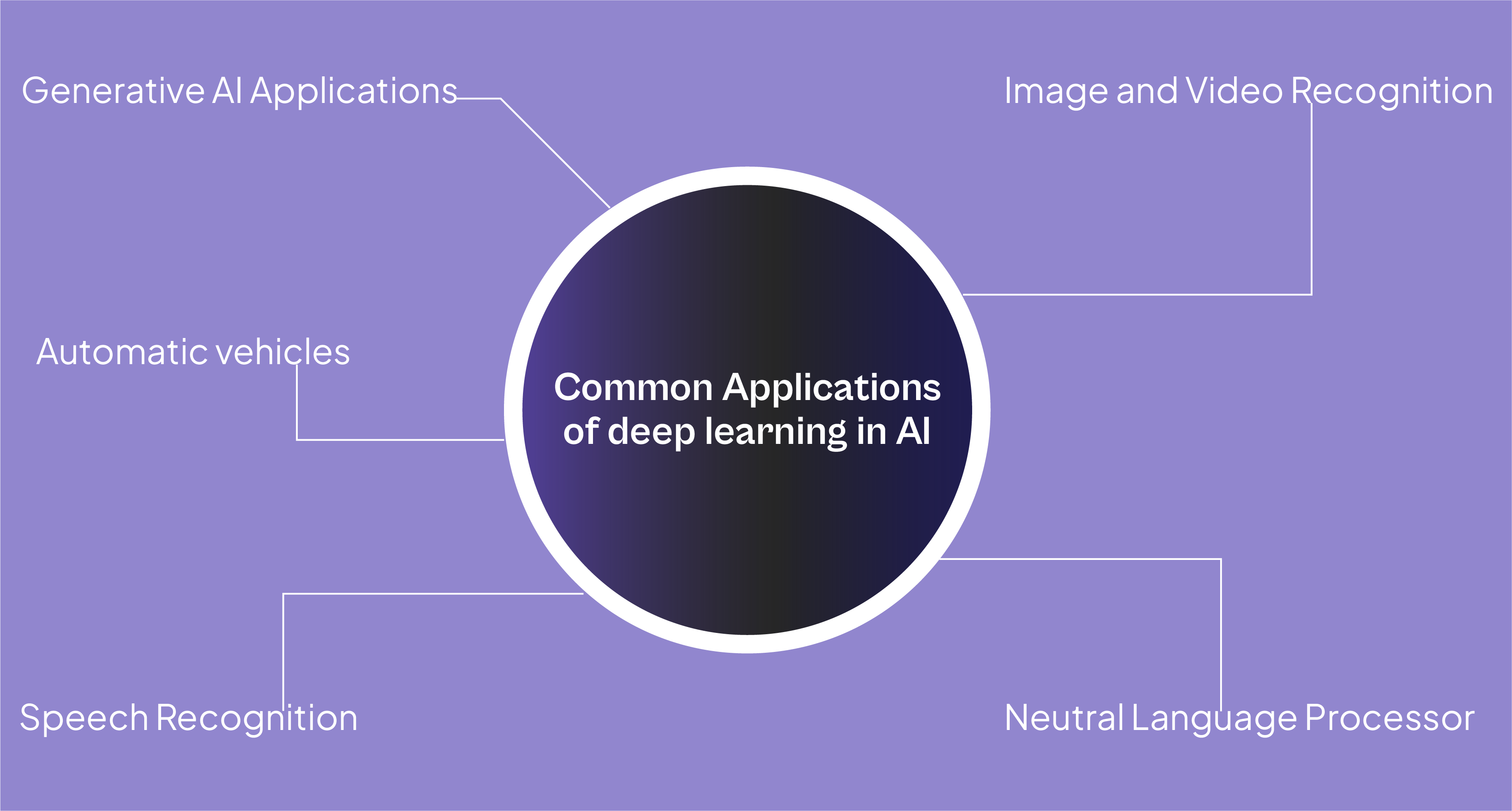
Here are some cool real-world applications:
1. Image and Video Recognition:
Deep learning makes possible face recognition on smartphones and analysis of medical images to detect disease.
Natural Language Processing (NLP):
2. Neutral Language Processor:
Ever wonder how chatbots, virtual assistants and translation apps work? Deep learning powers these tools so that machines can understand and produce human language.
3. Speech Recognition:
Voice assistants like Alexa and Siri use deep learning to turn speech into text and understand what you’re saying.
4. Automatic vehicles:
Self-driving cars use deep learning for object detection, route planning and real-time decision-making.
5. Generative AI Applications:
From AI-generated art and music to realistic deep fakes, deep learning powers generative AI tools.
These applications demonstrate how deep learning enables AI to do more and plays an increasingly important role in more advanced forms like generative AI.
Why Understanding Machine Learning, Deep Learning, and AI Matters Today?
AI vs machine learning and machine learning vs deep learning vs AI are important concepts for businesses, developers, and tech enthusiasts in today’s fast-changing digital world. These technologies are more than words; they’re powering innovations that are changing the way we live, work, and interact with technology. Why are these concepts so important? Let’s find out.
First, AI is the umbrella term for ML and DL. AI builds systems for decision-making and problem-solving. ML and DL add learning and automation. The key difference between AI and ML is that AI includes rule-based systems without data learning, while ML is about algorithms improving through experience.
When you compare ML vs deep learning, ML models need structured data and human intervention for feature extraction. Spam detection and recommendation systems use ML for prediction. Deep learning uses complex neural networks for unstructured data like images, videos, and audio. They’re critical for tasks like facial recognition, NLP, and autonomous vehicles. This DL vs ML comparison shows DL’s ability to tackle complex problems with minimal human involvement.
But that’s not all. Generative AI is a newer subfield of AI that uses deep learning (and GANs and LLMs, in particular) to generate new content, such as AI-generated art and music, or human-sounding conversations. Many machine learning vs deep learning vs generative AI comparisons focus on generative AI’s creative push, with applications in design, marketing, and entertainment.
When we understand these differences, we get a better idea of what AI vs machine learning and ML vs AI are. AI follows pre-programmed rules, whereas ML and DL use data to improve. NLP vs ML shows that ML plays a part in AI by interpreting and generating human language.
When we discuss machine learning, deep learning, and generative AI, we must not forget that deep learning’s most widespread AI applications. It includes virtual assistants, automated translations, and health care diagnostics, all demonstrate how deep learning improves AI’s ability to process and understand complex data.
Conclusion
Machine Learning vs Deep Learning: What’s the Difference? Today, you’ll understand both machine learning vs deep learning. Machine learning is better at processing structured information, while deep learning processes unstructured data. Understanding the difference between AI vs machine learning will help you choose the right technology.
As artificial intelligence evolves, businesses need to understand machine learning vs deep learning vs AI trends. From artificial intelligence learning models to natural language processing vs machine learning to deep learning understanding, AI will impact your business.
If you need any help with AI implementation we’ll guide you with the machine learning process and the latest deep learning advancements. Let’s build the future together!
